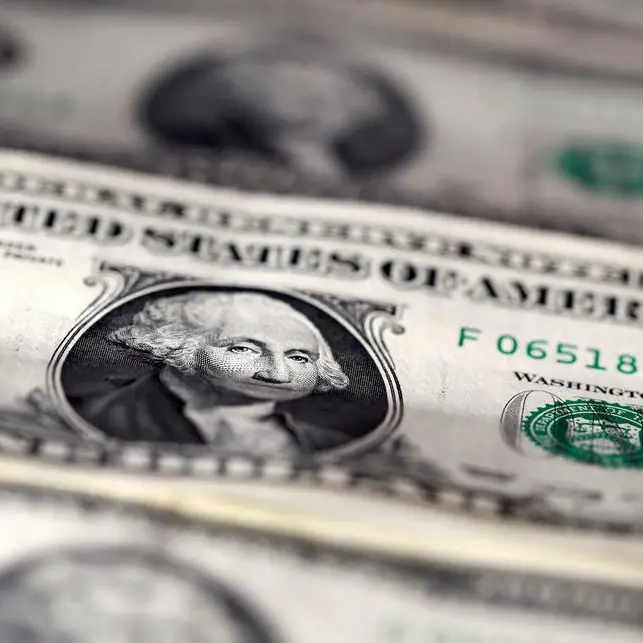PHOTO
Rates stress is likely to force a 'Great Reset' of borrowing and lending practices and policymaker mindset, says an S&P Global Ratings report.
Rising rates and slowing economies pose a crisis risk. This is given high global leverage built up over years of loose monetary setting, it says.
"Write-downs, rescues and more cautious lending may be one way to reduce global debt that, by our calculations, averages $37,500 for each person in the world," said the report titled, "Global Debt Leverage: Is A Great Reset Coming?". The report was originally published in January 2023, as part of a "Look Forward" series on disruption in global economies and markets.
"The world has more debt than ever before," said Terence Chan, Senior Research Fellow at S&P Global Ratings. "Policymakers will need to make trade-offs to limit the risks of a full-blown debt crisis -- to reset global leverage trends."
Key takeaways from the report:
• Record leverage: Global debt has hit a record $300 trillion, or 349% leverage on gross domestic product. This translates to $37,500 of average debt for each person in the world versus GDP per capita of just $12,000. Government debt-to-GDP leverage grew aggressively, by 76%, to a total of 102%, from 2007 to 2022.
• Higher interest rates: Debt servicing has become more difficult. Fed funds and European Central Bank rates are up an average of 3 percentage points in 2022. Assuming 35% of debt is floating rate, this means $3 trillion more in interest expenses, or $380 per capita.
• Great Reset: There is no easy way to keep global leverage down. Trade-offs include more cautious lending, reduced overspending, restructuring low-performing enterprises and writing down less-productive debt. This will require a "Great Reset" of policymaker mindset and community acceptance.
Copyright 2022 Al Hilal Publishing and Marketing Group Provided by SyndiGate Media Inc. (Syndigate.info).




















